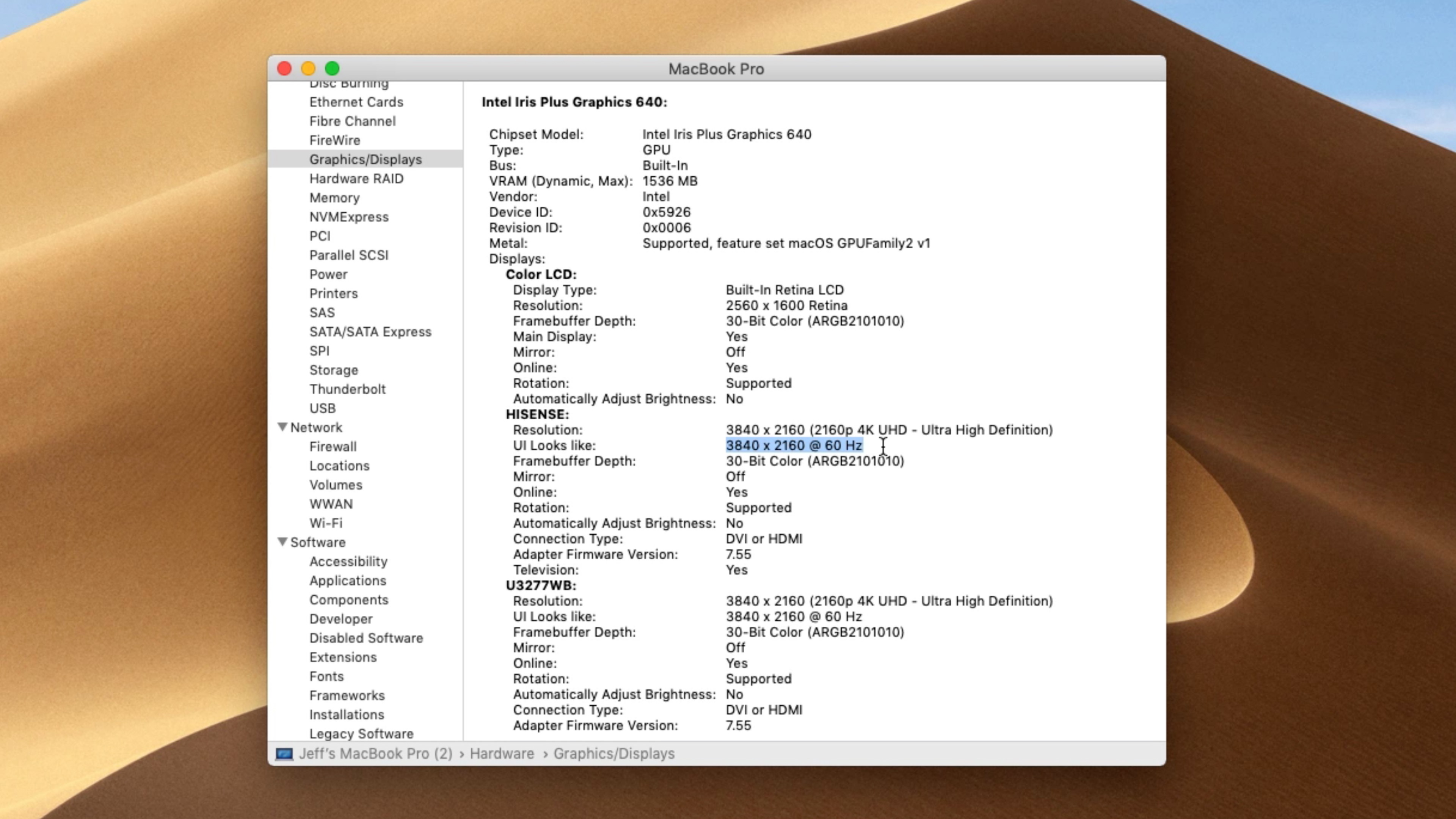


Investigators soon found, however, that the motor system in general, and the cortical neurons driving the BCI in particular, behaved differently while controlling the BCI than while controlling the native limb ( Wolpaw 2010). The decoded neurons, when switched to control the BCI, were expected to be active in the same manner as when controlling the native limb. Early decoding algorithms were developed from neuronal activity recorded as the subject moved its native limb ( Carmena et al.

Both animals and humans can acquire control of a BCI through an algorithm that decodes the spiking activity of M1 neuron populations. Nowhere is learning-induced modification of M1 neuron activity more apparent than in studies involving brain-computer interfaces (BCIs). 2011 Paz and Vaadia 2004), indicating that modification of neuronal activity in M1 is a normal part of learning new behaviors. At the single-unit level, the activity of M1 neurons becomes modified when normal monkeys adapt to perturbations of previously practiced movements ( Li et al. Research over the past two decades has shown, however, that M1 in both humans and monkeys changes in response to amputation, CNS lesions, and practice of particular movements ( Chen et al. The adult primary motor cortex (M1) classically was viewed as a stationary platform of outputs controlling muscles and movements. This rapid flexibility in relationships among M1 neurons may in part underlie our ability to learn new movements and improve motor skill. Patterns of voluntarily comodulated firing among small numbers of arbitrarily selected primary motor cortex (M1) neurons thus can be found and improved rapidly, with little constraint based on the normal relationships of the individual neurons to native limb movement.

Compared with the ensemble neurons, other simultaneously recorded neurons showed less modulation. Patterns of comodulation among ensemble neurons became more consistent across trials as performance improved over single sessions. In contrast, other factors that might have reflected preexisting synaptic architecture-such as the similarity of preferred directions-had little if any effect on performance. Performance improved with larger ensembles. We therefore examined factors that might affect performance. Performance typically exceeded random quite early in single sessions and then continued to improve to different degrees in different sessions. To bridge the gap between direct encoding by single neurons and decoding output from large ensembles, we studied monkeys controlling one degree of freedom by comodulating up to four arbitrarily selected motor cortex neurons. In contrast, recent brain-computer interface work has emphasized decoding outputs from large ensembles that include substantially more neurons than the number of degrees of freedom being controlled. Pioneering studies demonstrated that novel degrees of freedom could be controlled individually by directly encoding the firing rate of single motor cortex neurons, without regard to each neuron's role in controlling movement of the native limb.


 0 kommentar(er)
0 kommentar(er)
